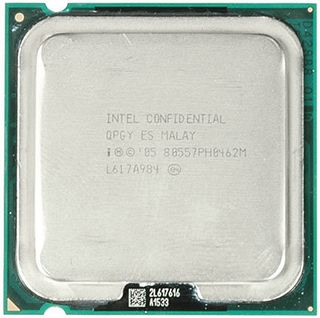

- INTEL CORE 2 DUO 2.4 GHZ PASSMARK PATCH
- INTEL CORE 2 DUO 2.4 GHZ PASSMARK PRO
- INTEL CORE 2 DUO 2.4 GHZ PASSMARK SOFTWARE
INTEL CORE 2 DUO 2.4 GHZ PASSMARK SOFTWARE
In mid 2018, the majority of Intel Core processors were found to possess a defect (the Foreshadow vulnerability), which undermines the Software Guard Extensions (SGX) feature of the processor.
INTEL CORE 2 DUO 2.4 GHZ PASSMARK PATCH
as for Meltdown, the software patch needed to fix the issue could slow down computers by as much as 30 percent". According to a New York Times report, "There is no easy fix for Spectre. At the time, Intel was not commenting on this issue. In early 2018, news reports indicated that security flaws, referred to as " Meltdown" and " Spectre", were found "in virtually all Intel processors that will require fixes within Windows, macOS and Linux". ^ Rocket Lake based on Cypress Cove is a CPU microarchitecture, a variant of Sunny Cove microarchitecture designed for 10 nm, backported to 14 nm.Since 2019, the Core brand has been based on four product lines, consisting of the entry level i3, the mainstream i5, the high-end i7, and the "enthusiast" i9.Ĭomparison Comparison of Intel Core micro-architectures Time has also brought improved support for virtualization and a trend toward higher levels of system integration and management functionality (and along with that, increased performance) through the ongoing evolution of facilities such as Intel Active Management Technology. Subsequent performance improvements have tended toward making additions rather than profound changes, such as adding the Advanced Vector Extensions instruction set extensions to Sandy Bridge, first released on 32 nm in January 2011.

The new substantial bump in microarchitecture came with the introduction of the 45 nm Bloomfield desktop processor in November 2008 on the Nehalem architecture, whose main advantage came from redesigned I/O and memory systems featuring the new Intel QuickPath Interconnect and an integrated memory controller supporting up to three channels of DDR3 memory. Maintaining high instructions per cycle (IPC) on a deeply pipelined and resourced out-of-order execution engine has remained a constant fixture of the Intel Core product group ever since. The first Intel Core desktop processor-and typical family member-came from the Conroe iteration, a 65 nm dual-core design brought to market in July 2006, based on the Intel Core microarchitecture with substantial enhancements in micro-architectural efficiency and performance, outperforming Pentium 4 across the board (or near to it), while operating at drastically lower clock rates.
INTEL CORE 2 DUO 2.4 GHZ PASSMARK PRO
These are substantially different in design than the rest of the Intel Core product group, having derived from the Pentium Pro lineage that predated Pentium 4. The first products receiving this designation were the Core Solo and Core Duo Yonah processors for mobile from the Pentium M design tree, fabricated at 65 nm and brought to market in January 2006.


 0 kommentar(er)
0 kommentar(er)
